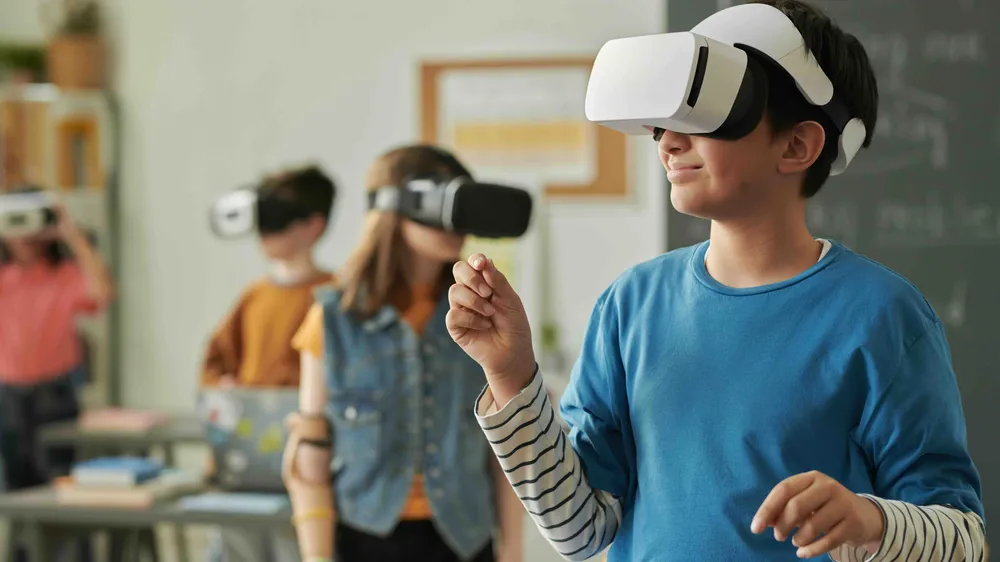
Are Teachers Being Sidelined in the Age of Rising AI?
For over a century, the classroom has followed a familiar structure: a teacher at the front, students in rows, and a curriculum shaped by what’s easy to test rather than what’s essential to understand. Now, artificial intelligence is challenging this foundation—not just with new tools, but by urging us to reconsider the purpose of education in a world where machines can teach. Rather than dwell on futuristic hype, a conversation with AI itself helps reveal what it sees in the evolving roles of student, teacher, and school.
The dialogue begins with practical contributions: tutoring systems, admin support, translation, emotional tracking. But the more pressing issue emerges quickly—bias. AI acknowledges that it learns from us, and therefore reflects our flaws. Yet human educators are shaped by their own limitations, too. The difference is that humans can reflect, choose, and care. This brings us to a central tension: if both are imperfect, what makes AI worth using in education?
AI’s strengths lie in scale and speed—especially when it comes to personalised learning. But personalisation comes with costs: gigabytes of student data, long-term tracking, and a tradeoff in privacy. And even if lessons can be custom-fit, education is more than efficient delivery. It's about shared discovery, discomfort, dialogue, and empathy—things algorithms struggle to replicate. In optimising for individuals, we risk eroding the collective experience.
Where AI changes the role of the teacher, it does so by subtraction—removing administrative burdens so that teachers can do what only they can: nurture thought, guide meaning, and cultivate wisdom. The future of education may not lie in what AI can do, but in what it shouldn’t. And in that space, we’re left to ask the deeper question: how do we teach humanity, when knowledge is always within reach?

